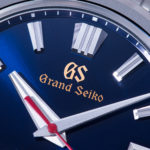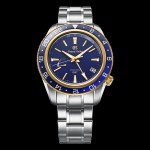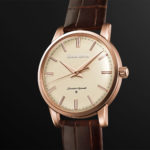Grand Seiko Introduces the Tentagraph SLGC001
The first mechanical chronograph from Grand Seiko.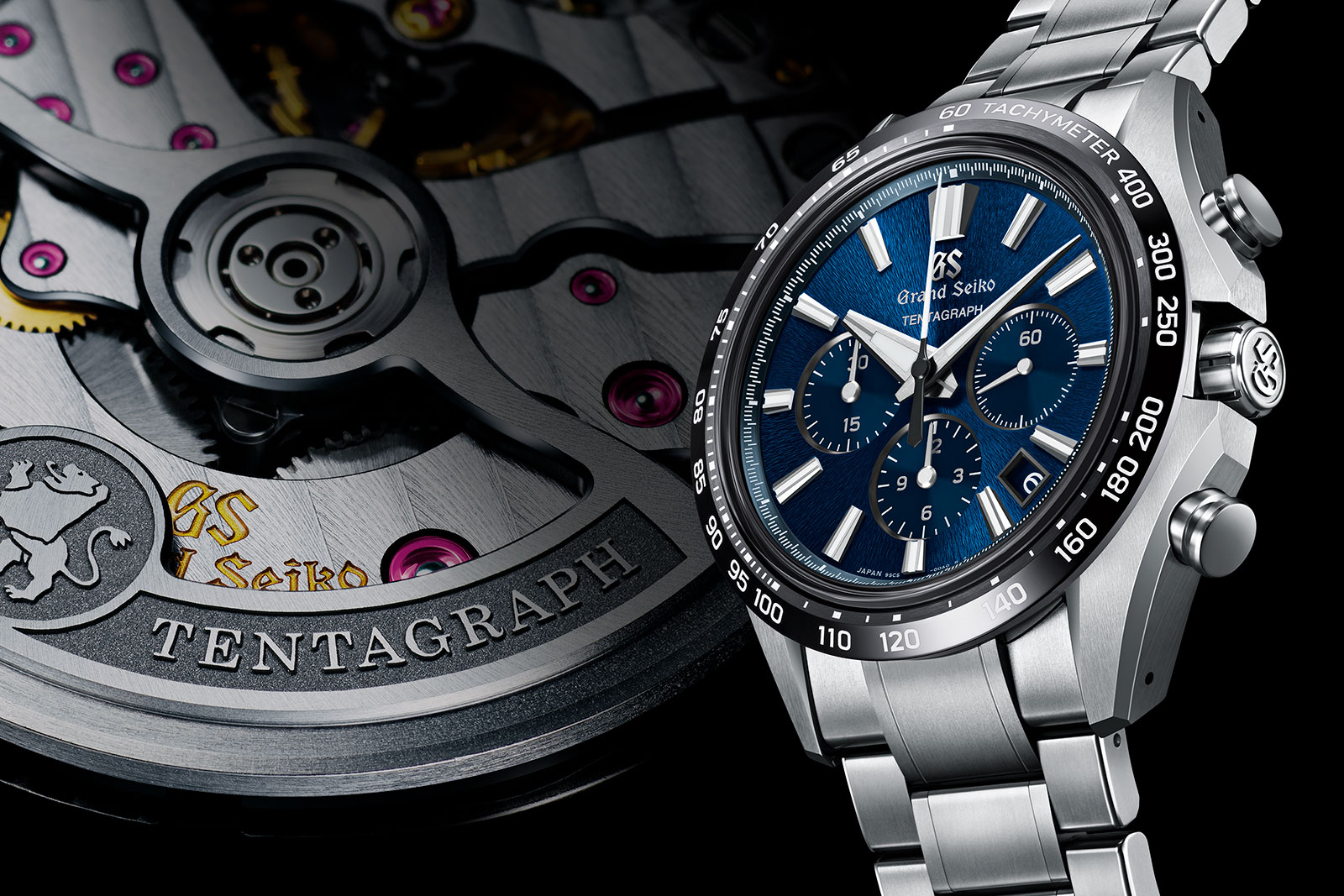
Grand Seiko made a big splash at last year’s Watches & Wonders with the launch of the Kodo Constant-Force Tourbillon, the brand’s first complicated mechanical wristwatch. For 2023, the brand is back with another first-time complication that will likely be one of the most talked-about watches of the show, the Grand Seiko Tentagraph SLGC001.
The first purely mechanical Grand Seiko chronograph ever, the Tentagraph is a high-spec sports chronograph that fills a hole in the Grand Seiko portfolio. “Tentagraph” is a portmanteau of the four key features of the watch: TEN beats per second, Three-day power reserve, Automatic winding, and of course, the chronoGRAPH.
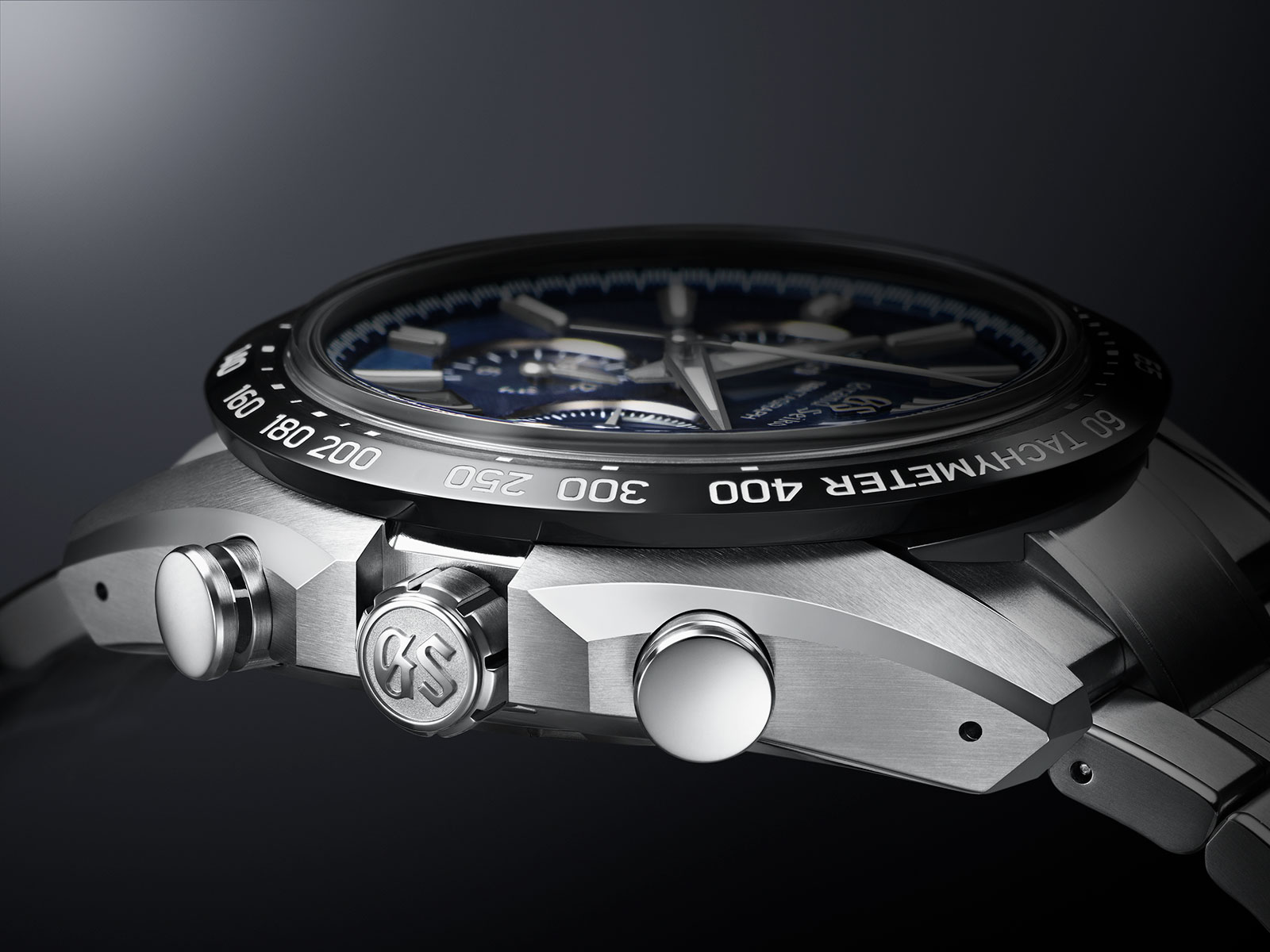
Initial thoughts
The Tentagraph is an important watch for Grand Seiko that enables the brand to stand toe to toe with Rolex, Omega, Zenith, Breitling, and other stalwarts in the popular category of mechanical sports chronograph. Not only is the category a hitherto untapped commercial opportunity for Grand Seiko, it is an opportunity for the brand to demonstrate its technical know-how and ambition.
In this context, I would have expected the brand to release an integrated chronograph movement, perhaps based on the 6S movement family. But Grand Seiko has chosen to build a modular chronograph calibre based on the 9SA5, the flagship Grand Seiko automatic movement introduced in 2020, signalling the brand’s commitment to the calibre and its proprietary Dual Impulse Escapement.

My colleague Richard Lee notes that the 9SA5 is an odd choice of base for a chronograph. This is because the movement’s fourth wheel is in the centre of the movement, being intended for central seconds. This design necessitates the use of an indirect train to reposition the running seconds to the three o’clock sub-dial. This extra train, combined with the friction inherent to all vertical clutch chronograph movements, reduces the power reserve by 10% compared with the time-only 9SA5.
And then there’s the price. While Grand Seiko has built its reputation by offering strong value-for-money, its prices have inched up in recent years. The Tentagraph continues this trend with a retail price of US$13,700. This is about US$1,100 less than the current retail price of the Rolex Daytona, and US$2,700 more than the Zenith Chronomaster Sport. While it is still something of a value proposition, it is modest one and arguably less compelling in terms of value than past Grand Seiko models.
Evolution 9 style
It may seem hard to believe, given Seiko’s illustrious history with chronographs dating back to 1969, that there has never been a mechanical Grand Seiko chronograph. While Grand Seiko has produced Spring Drive-powered chronographs for several years, and Seiko has produced mechanical chronographs for both its Seiko and Credor brands, the launch of the Tentagraph marks the first time that a mechanical chronograph will bear the Grand Seiko brand.
Unsurprisingly, the Tentagraph is designed according to Grand Seiko’s Evolution 9 design language, the default style for the brand’s flagship models.
The Tentagraph features a dark blue dial decorated with Grand Seiko’s signature “Mount Iwate” texture. Named after the mountain near Grand Seiko’s workshop, the grained, radial texture has been in use since 2006, and with good reason. It’s unique enough to be distinctly Grand Seiko, but subtle enough to work in a variety of watches. It’s a smart, if conservative, choice for a milestone watch.
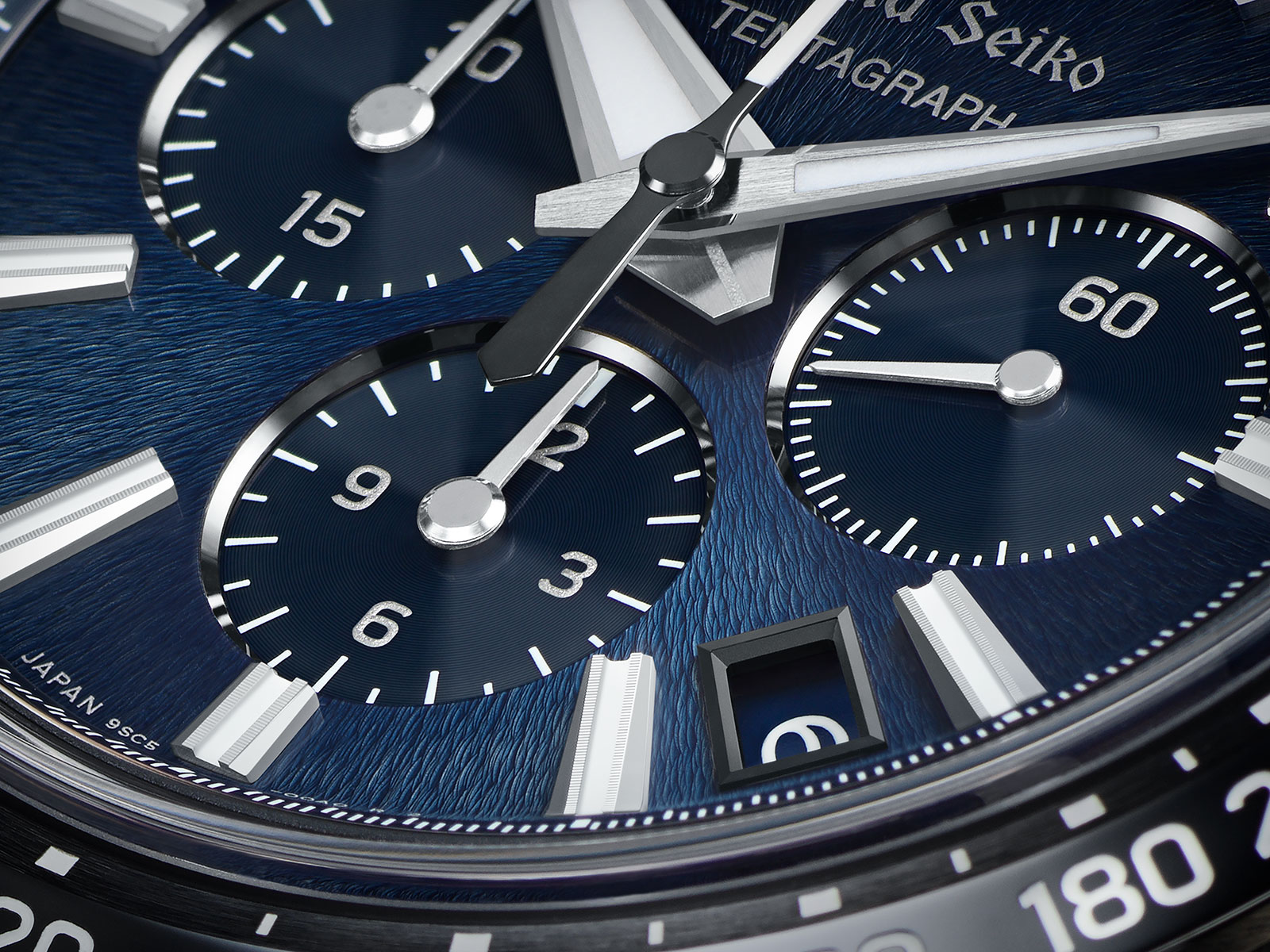
The case and bracelet are made from the brand’s proprietary “high-intensity” titanium, which Grand Seiko claims is both lighter and more scratch-resistant than stainless steel. As has become the norm for sport chronographs, the bezel is ceramic.
Lightweight titanium is a good choice for the Tentagraph because it is a large watch, measuring 43.2 mm in diameter and 15.3 mm thick. For context, that’s 0.4 mm thicker than Omega’s Speedmaster Super Racing, widely criticised for its thickness, and 1.7 mm thicker than the Zenith Chronomaster Sport.
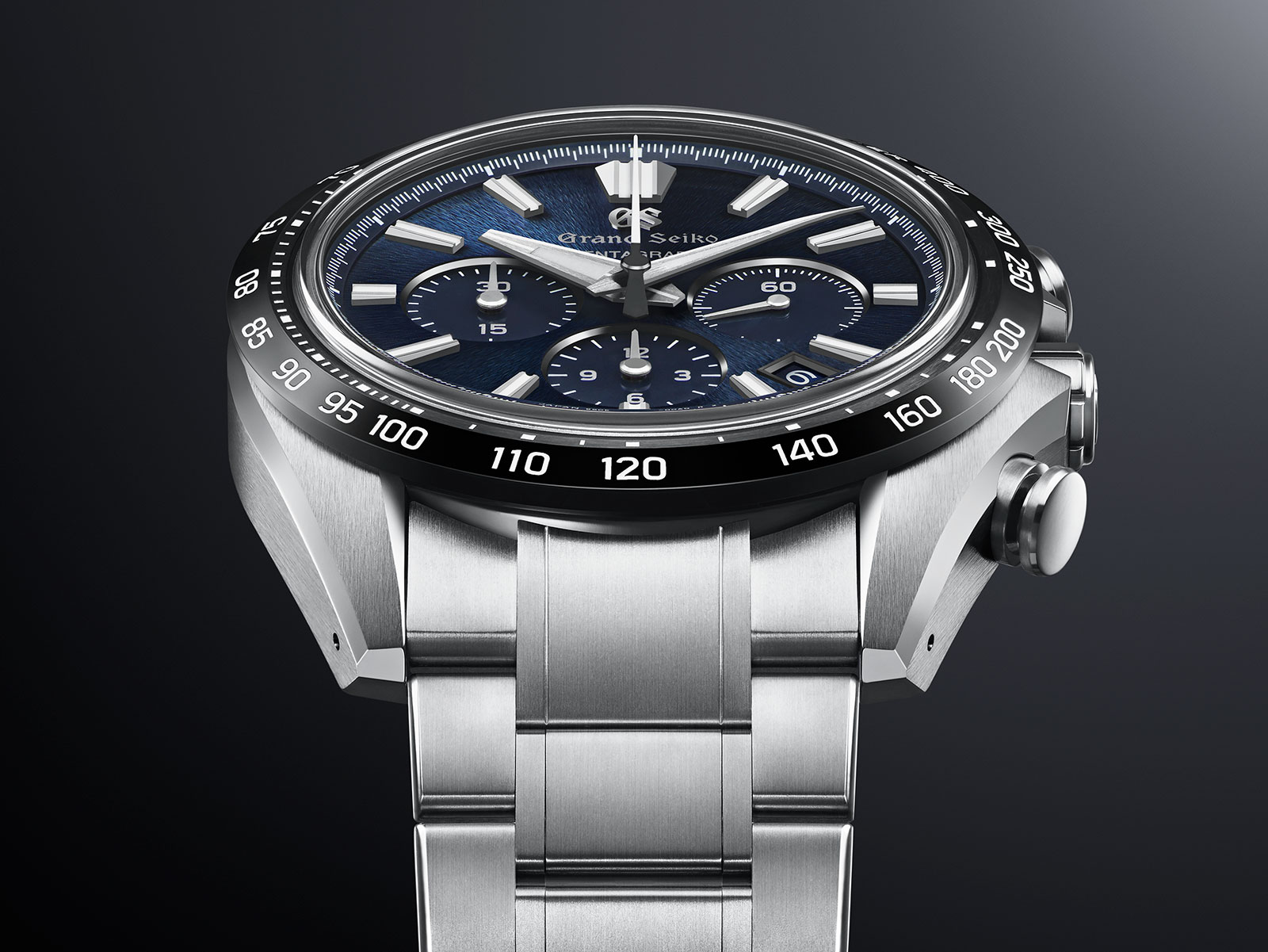
Understanding the 9SC5
To understand the 9SC5, we need to reflect on the launch of the 9SA5 in 2020, which ushered in a new era for Grand Seiko on several fronts. Not only was the 9SA5 the first Grand Seiko movement to feature a free-sprung balance and overcoil hairspring – hallmarks of higher-end luxury watches – but it also debuted the brand’s own proprietary Dual Impulse Escapement which offers improved efficiency compared to the ubiquitous lever escapement. Grand Seiko describes the 9SA5 as the best mechanical movement it’s ever created, and I agree.
The 9SA5 also introduced a new, more attractive style of finishing for the brand’s mechanical movements. While earlier generation calibers like the 9S85 are decorated selectively on just the visible components, the 9SA5 offers more thorough Swiss-style decorative finishing, with non-visible surfaces decorated as well.
Building on this platform is the 9SC5 in the Tentagraph. On paper, the 9SC5 has all the bells and whistles one would expect from a modern chronograph movement at this price point, namely a column wheel, vertical clutch, and three-day power reserve.
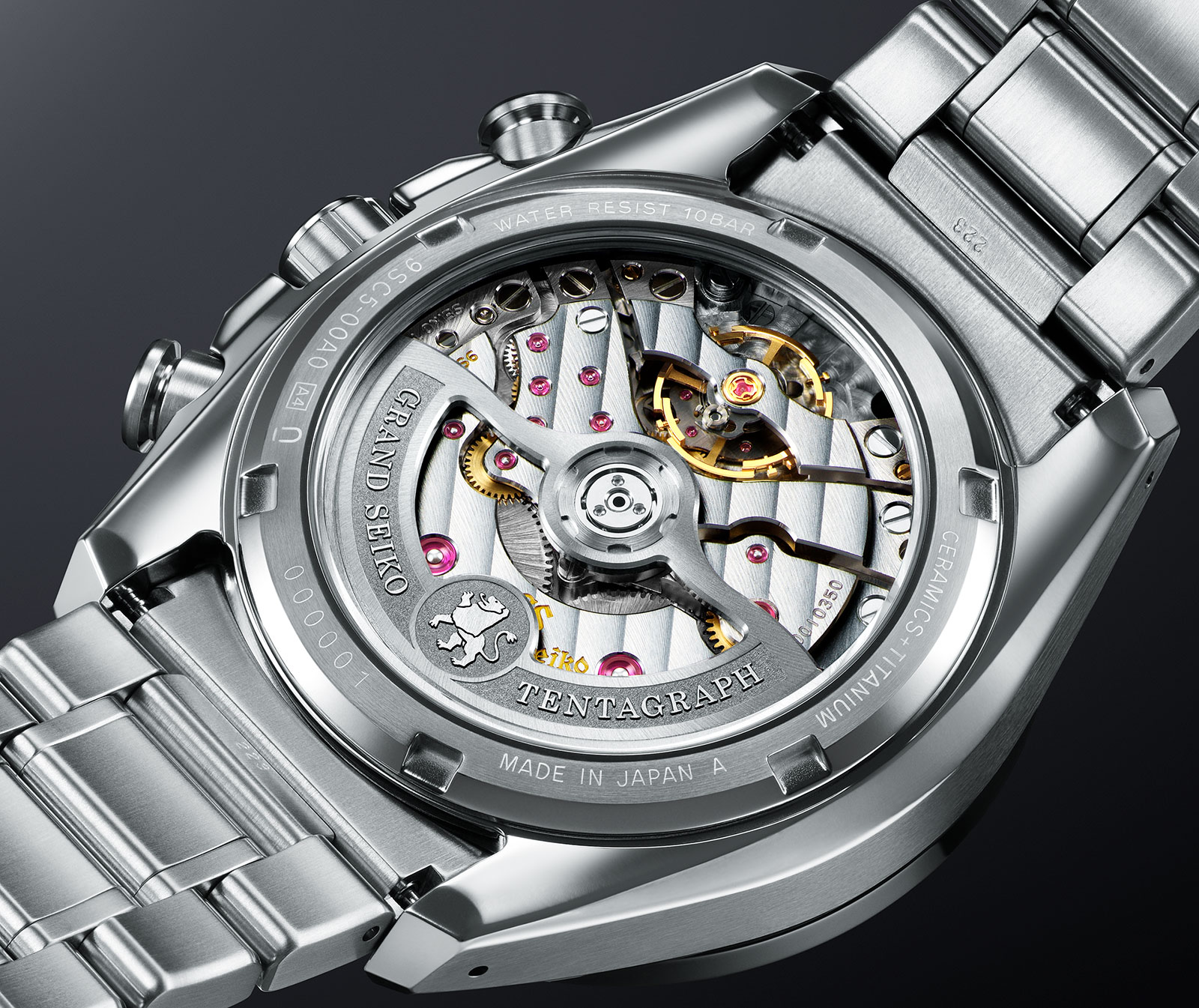
But in terms of construction, Grand Seiko has taken a different approach from that of establishment Swiss brands like Rolex, Omega, and Zenith. The 9SC5 features a modular construction, marrying the 9SA5 base caliber to a new, dial-side chronograph module.
While the layout of the chronograph registers and date window are identical to that of the Seiko NE88, the brand notes that the chronograph module in the 9SC5 is exclusive to Grand Seiko.
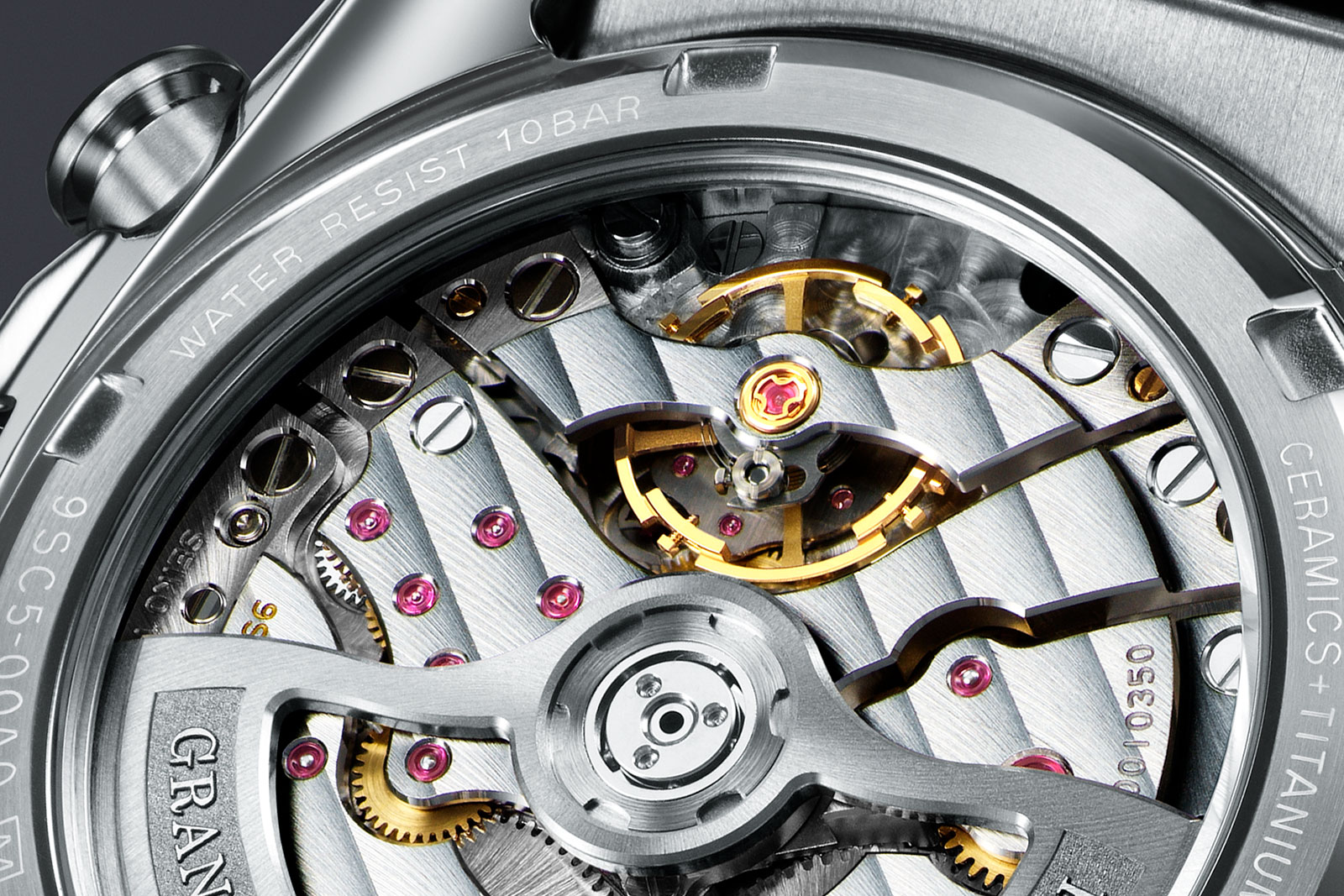
This modular construction results in a thick movement, adding 2.8 mm in height and 1.4 mm in diameter to the base 9SA5 movement. At 8 mm thick, the 9SC5 is 0.4 mm thicker than Omega’s portly cal. 9900. For additional context, the Rolex cal. 4130 and Zenith El Primero 3600 in the Chronomaster Sport are 6.5 mm and 6.6 mm thick respectively.
That said, the movement is an intriguing entrant into the sport chronograph segment given its novel escapement, 5 Hz frequency, and the precision that Grand Seiko is known for.
Speaking of precision, Grand Seiko has extended its already rigorous 17-day testing protocol for this new complication, adding three extra days to validate the performance while the chronograph is running and ensure compliance with the Grand Seiko standard of +5 to -3 seconds per day.
Key facts and price
Grand Seiko Evolution 9 Collection Tentagraph
Ref. SLGC001
Diameter: 43.2 mm
Height: 15.3 mm
Material: Titanium
Crystal: Sapphire
Water resistance: 100 m
Movement: 9SC5
Functions: Hours, minutes, running seconds, chronograph, and date
Winding: Automatic
Frequency: 36,000 beats per hour (5 Hz)
Power reserve: 72 hours
Strap: Titanium bracelet
Limited edition: No
Availability: From June 2023 at Grand Seiko boutiques and select retail partners
Price: US$13,700
For more, visit grand-seiko.com
Back to top.



